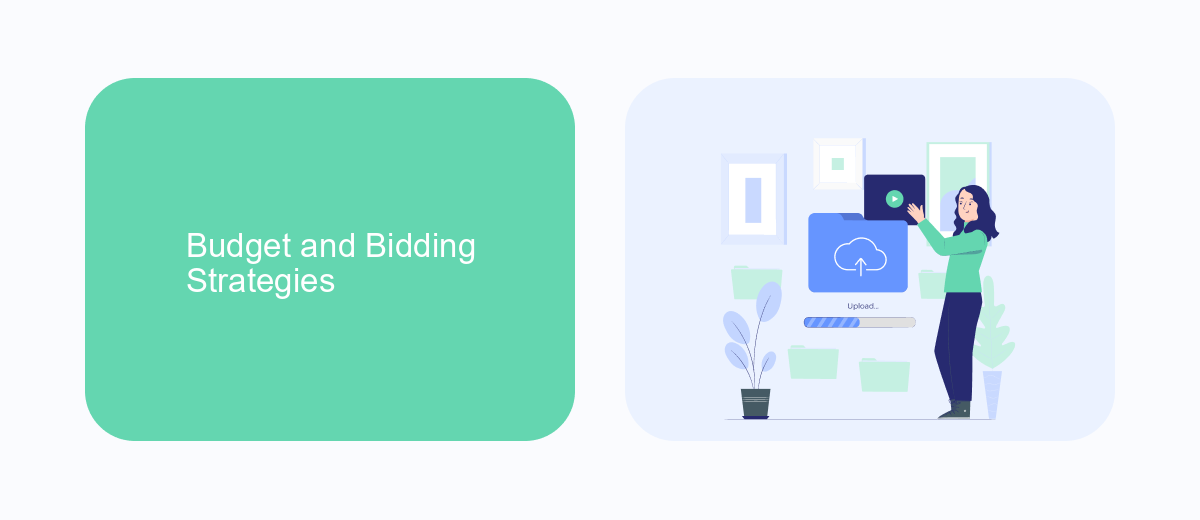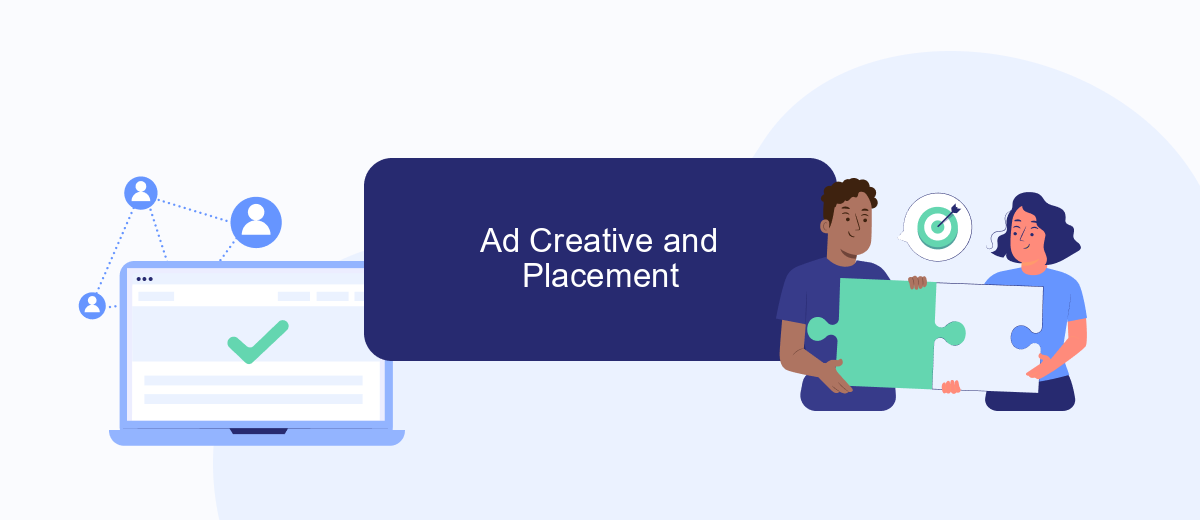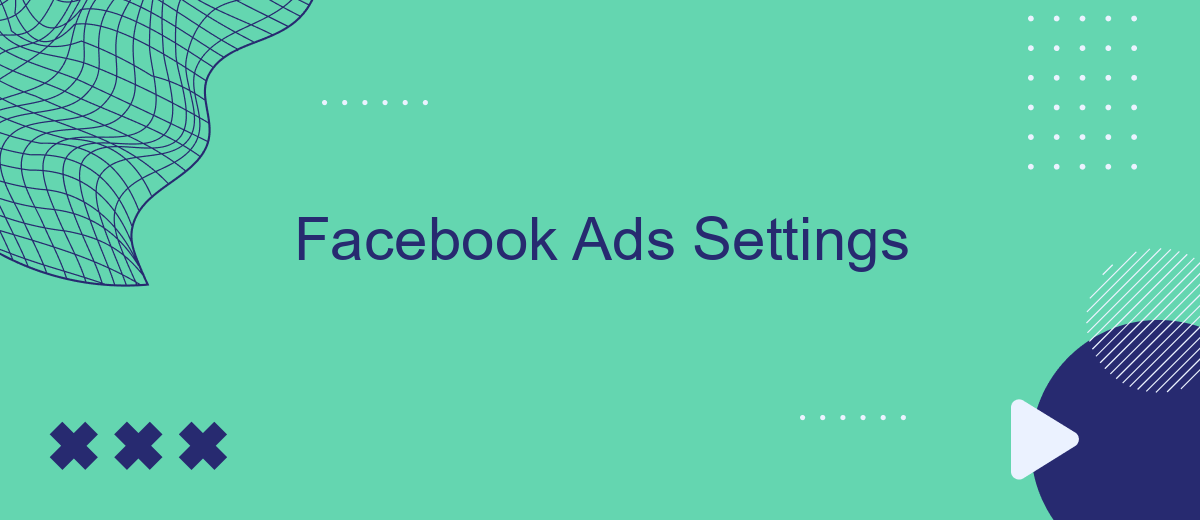In today's digital age, Facebook Ads have become an essential tool for businesses seeking to reach their target audience effectively. Understanding and optimizing Facebook Ads settings can significantly enhance the performance and return on investment of your advertising campaigns. This article delves into the key settings you need to know, providing insights and tips to help you navigate the complex world of Facebook advertising with confidence.
Campaign Objectives and Targeting
When setting up a Facebook ad campaign, defining your campaign objectives is crucial. Objectives guide the ad delivery system to optimize for your desired outcome, whether it's increasing brand awareness, driving traffic to your website, or boosting sales. Selecting the right objective ensures that your ads are shown to the users most likely to engage in the manner you intend, maximizing your return on investment.
- Awareness: Ideal for reaching a broad audience to increase brand recognition.
- Consideration: Encourages engagement, such as video views, app installs, or lead generation.
- Conversion: Focuses on actions like purchases or sign-ups, driving high-value interactions.
Targeting is equally important in reaching the right audience. Facebook offers robust targeting options, including demographics, interests, and behaviors, allowing advertisers to hone in on specific segments. By leveraging these tools, you can ensure your ads are seen by users who are more likely to be interested in your product or service, enhancing the effectiveness of your campaign. Thoughtful targeting, combined with well-defined objectives, forms the foundation of a successful Facebook advertising strategy.
Budget and Bidding Strategies

When setting a budget for your Facebook Ads, it's crucial to align your spending with your overall marketing goals. Start by determining a daily or lifetime budget that suits your financial capacity while allowing room for experimentation. Facebook offers flexibility, letting you adjust budgets based on ad performance and business needs. To maximize efficiency, regularly monitor your cost per result and adjust your budget accordingly. Remember, a well-structured budget not only controls costs but also enhances the effectiveness of your ad campaigns.
Bidding strategies play a pivotal role in how your ads perform. Facebook provides several options, including manual and automatic bidding. Automatic bidding is ideal for beginners, as it allows Facebook to optimize your bids to achieve the best results within your budget. For more control, consider manual bidding, where you set bid amounts based on your campaign objectives. Additionally, integrating tools like SaveMyLeads can streamline your ad management, offering insights and automations that enhance bidding efficiency. By strategically choosing your bidding approach, you can effectively reach your target audience and achieve your advertising goals.
Ad Creative and Placement

When setting up your Facebook ads, the ad creative and placement are crucial elements that can significantly impact your campaign's success. The ad creative includes the visuals, text, and overall design of your ad, which should be compelling and relevant to your target audience. High-quality images or videos, a clear call-to-action, and concise messaging are key components of effective ad creative. On the other hand, ad placement determines where your ads will appear across Facebook's network, including Facebook itself, Instagram, Messenger, and the Audience Network.
- Choose the right ad format: Select from options like image, video, carousel, or collection based on your campaign goals.
- Optimize for mobile: Ensure your ad creative is mobile-friendly, as a significant portion of users access Facebook via mobile devices.
- Test different placements: Use automatic placements for broader reach or manual placements to focus on specific platforms.
- Utilize Facebook's creative tools: Leverage tools like the Creative Hub for inspiration and testing before launching your ads.
By carefully crafting your ad creative and strategically selecting placements, you can enhance your Facebook ad performance and achieve better engagement and conversion rates. Regularly analyze your campaign metrics to refine and optimize your approach, ensuring your ads resonate with your audience and meet your marketing objectives.
Monitoring and Optimization

Effective monitoring and optimization of your Facebook Ads campaign are crucial to achieving the best results and maximizing your return on investment. By keeping a close eye on your ad performance, you can identify areas that need improvement and make data-driven decisions to enhance your campaign's effectiveness.
Start by regularly reviewing key metrics such as click-through rates, conversion rates, and cost per acquisition. These metrics will provide insights into how well your ads are performing and whether they are reaching your target audience effectively. It's important to be proactive and make adjustments as needed to improve your campaign's performance.
- Test different ad creatives and formats to see which ones resonate best with your audience.
- Experiment with various targeting options to reach a more specific audience.
- Adjust your bidding strategy to optimize your ad spend and improve cost efficiency.
- Utilize A/B testing to compare different versions of your ads and identify the most effective elements.
By continuously monitoring your Facebook Ads and making necessary optimizations, you can ensure that your campaigns remain competitive and achieve your desired outcomes. Remember, the digital advertising landscape is constantly evolving, so staying informed and adaptable is key to long-term success.
- Automate the work with leads from the Facebook advertising account
- Empower with integrations and instant transfer of leads
- Don't spend money on developers or integrators
- Save time by automating routine tasks
Tracking and Reporting
Effective tracking and reporting are crucial components of successful Facebook Ads campaigns. By utilizing Facebook's built-in analytics tools, such as Ads Manager and Facebook Pixel, advertisers can gain valuable insights into user behavior and campaign performance. These tools allow you to monitor metrics like reach, engagement, conversions, and return on ad spend (ROAS). Setting up the Facebook Pixel on your website is essential for tracking user interactions and optimizing your campaigns based on real-time data. This helps in refining your target audience and improving ad effectiveness.
For businesses looking to enhance their tracking capabilities, integrating third-party services like SaveMyLeads can be beneficial. SaveMyLeads streamlines the process of connecting Facebook Ads with various CRM systems and other applications, ensuring that your lead data is automatically transferred and organized. This integration not only saves time but also reduces the risk of data loss and errors, allowing for more accurate reporting and analysis. By leveraging these tools and services, advertisers can make data-driven decisions to maximize their campaign outcomes and achieve their marketing goals.
FAQ
How do I set up a Facebook Ads campaign?
How can I target specific audiences with my Facebook Ads?
How do I track the performance of my Facebook Ads?
Can I automate my Facebook Ads processes?
What should I do if my Facebook Ads are not performing well?
Personalized responses to new clients from Facebook/Instagram. Receiving data on new orders in real time. Prompt delivery of information to all employees who are involved in lead processing. All this can be done automatically. With the SaveMyLeads service, you will be able to easily create integrations for Facebook Lead Ads and implement automation. Set up the integration once and let it do the chores every day.

